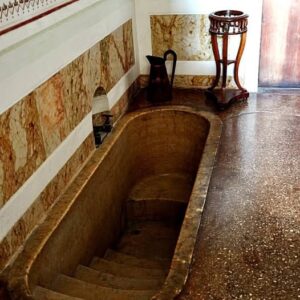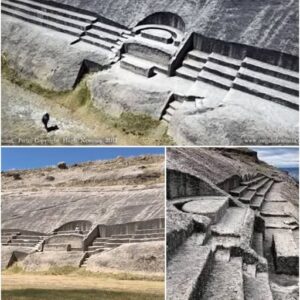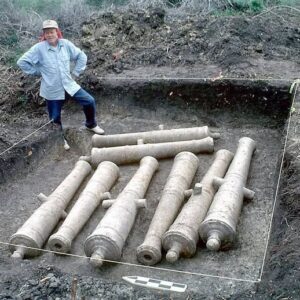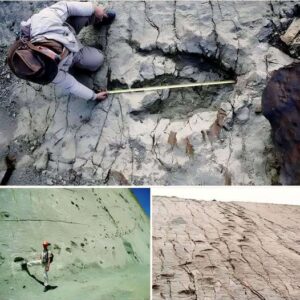In a remarkable archaeological feat, experts from the Frankfurt Archaeological Museum have unearthed a remarkably well-preserved wooden cellar in the ancient Roman settlement of Nida, situated in present-day Frankfurt, Germany. This astounding discovery provides an unprecedented glimpse into the daily lives of the Roman inhabitants nearly two millennia ago.
Nida, once a bustling Roman town serving as the capital of the Civitas Taunensium, reached its pinnacle with a population of approximately 10,000 residents during the first century AD. Nestled in what is now known as the Heddernheim and Praunheim neighborhoods of Frankfurt, it stood as one of the most prominent Roman outposts along the Limes frontier. However, its fortune took a downturn as incursions by the Alemanni led to a decline in population around 259 AD.

The newfound wooden cellar is believed to be a component of a residential structure dating back to the late first century AD and has provided a treasure trove of valuable insights. Situated on the southern edge of Nida’s main thoroughfares, the cellar’s entrance opened onto the bustling street known as Platea Praetoria.
The discovery of this wooden cellar has unravelled the secrets of domestic life in ancient Nida, shedding light on the architectural sophistication and lifestyle practices of its Roman inhabitants. The cellar’s preservation has been exceptional, offering a rare opportunity for researchers to study the construction techniques, storage practices, and overall layout of Roman-era residential buildings.
Archaeologists and historians are meticulously examining the artifacts and remains uncovered within the wooden cellar, delving into the daily routines and societal structure of Nida’s ancient populace. Each find provides a piece of the puzzle, allowing us to piece together the vibrant tapestry of Roman life in this once-thriving settlement.
As further excavations and analyses are carried out, the wooden cellar of Nida promises to reveal more tantalizing secrets from the past, enriching our understanding of a bygone era and reinforcing the significance of archaeological research in preserving history for generations to come.





